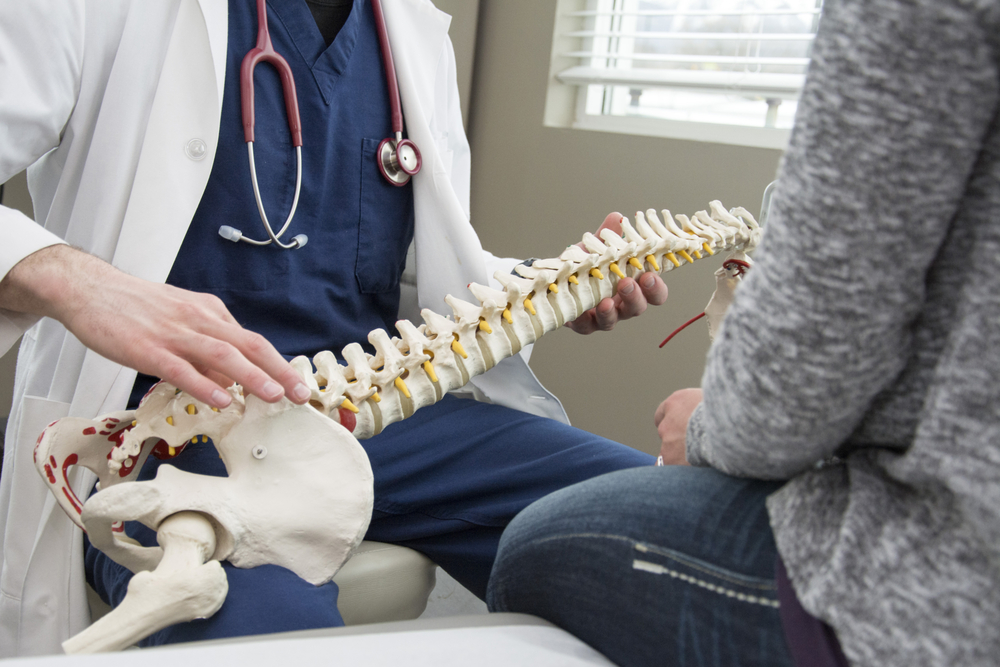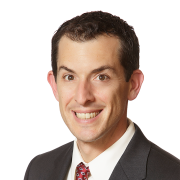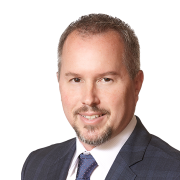Search
Find a Physician
Spinal stenosis is the narrowing of the spinal canal. With less room to move, the spinal cord and nerve roots can get squeezed and can become pinched or inflamed. Increased pressure on the spinal cord and nerve roots can be painful. Spinal stenosis most often occurs in low back or neck, a condition known as cervical spinal stenosis.
Spinal stenosis often result from one or more of the following:
Fortunately, several treatments are available for spinal stenosis, depending on your symptoms, tests results and level of physical activity. Your Orthopedic Institute of New Jersey (OINJ) spine doctor can recommend a personalized treatment plan.
Non-operative treatment can range from over the counter anti-inflammatory medication or prescription medicine along with physical therapy and injections. Be sure to exercise your options. Physical activity can strengthen your spine and make it less prone to stenosis. As you build up your tolerance to certain movements, you can improve your range of motion.
Your OINJ spine doctor or neck doctor may recommend surgery if these kinds of non-invasive treatments don’t help enough to reduce pain and increase your quality of life.
The first step is a thorough exam and evaluation. Once the diagnosis is determined, the treatment plan that is best for you and your condition can be built.
Surgical treatment for lumbar spinal stenosis depends on your symptoms as well as the cause and the extent of the stenosis. If a single degenerated disc is pressing on the nerve root, than isolated removable of that disc (“discectomy”) may be all that is necessary. If a focal area of your spinal column is involved, removing the lamina (the back of the spinal column) -- a procedure called a “laminectomy” -- may be performed. If multiple levels are involved and need to be decompressed or there is any instability of your spinal column, fusion of the lower back may be necessary.
Surgical treatment for lumbar spinal stenosis depends on your symptoms as well as the cause and the extent of the stenosis. If a single degenerated disc is pressing on the nerve root, than isolated removable of that disc (“discectomy”) may be all that is necessary. If a focal area of your spinal column is involved, removing the lamina (the back of the spinal column) -- a procedure called a “laminectomy” -- may be performed. If multiple levels are involved and need to be decompressed or there is any instability of your spinal column, fusion of the lower back may be necessary.
OINJ PHYSICIAN’S ADVICE
The best treatment for your spinal stenosis depends on the type of pain you have, its severity and how active you are.
Christopher Castro, DO
DO, OINJ Physiatrist
OINJ PHYSICIAN’S ADVICE
When treating spinal stenosis, exercises that build strength and endurance while increasing the flexibility and stability of your spine are always important.
Michael S. Gutkin, MD
DO, OINJ Physiatrist


